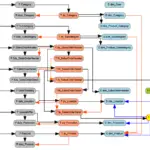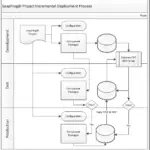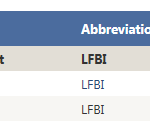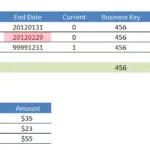
Selecting a BI Consulting Firm: 5 Pitfalls to Avoid
Building a business intelligence solution requires specialized skillsets such as data modeling, data integration, data analytics, and visualization design. Leveraging a consulting firm’s services can




